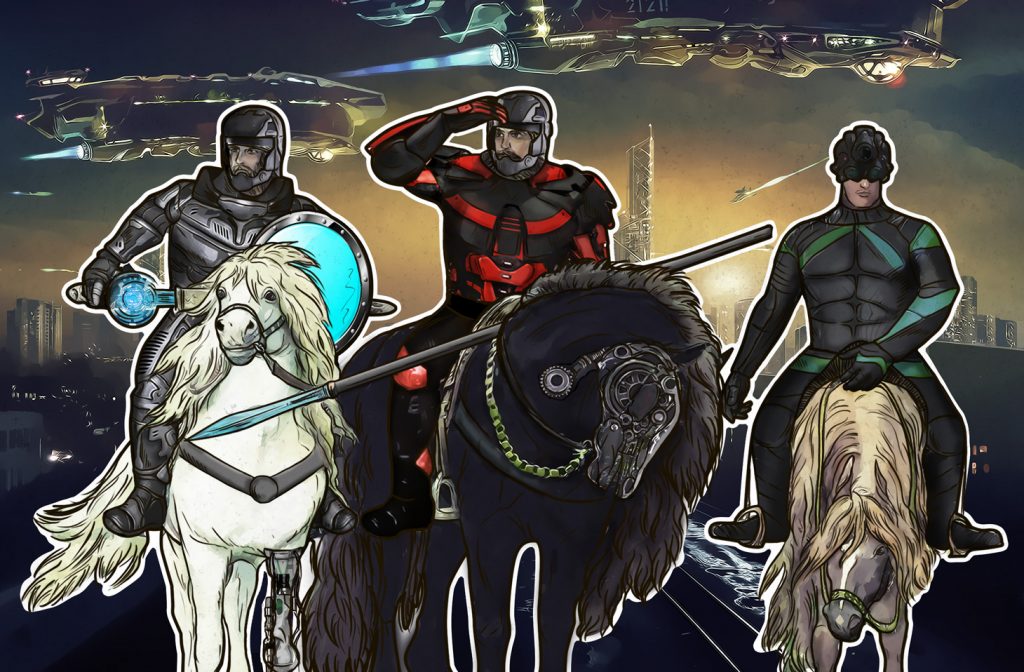— ‘So, how did you spend the summer?’
— ‘First – up in the mountains.’
— ‘And then?’
— ‘In plaster!’
Hi folks!
It’s been a while hasn’t it? Perhaps one of the longest ever stints away from my cherished blog. But with this post I am clearly back and raring to go, so, without further ado, let’s get this re-fired up…
And what better way to fire things up than a first installment of tales from the volcanic side, which also happen to be from the far-eastern seaboard-of-Russia side – that is, from Kamchatka!
Now, I have to admit that this was not – by far – the most outstanding of my many trips to the peninsula. One key factor was the weather this year; while Europe was having possibly one of its finest summers ever weather-wise, over in Kamchatka the weather was truly terrible. All the same, as ever, there’s still plenty to tell and show (photographically) you.
Oh my Gorely! It turns out this trip was my sixth to Kamchatka (not including a brief stay in Petropavlovsk-Kamchatsky on our way to the Kurils in 2014). The first was back in 2006. Then again in 2008, 2010, 2012, 2013, and 2015. And it won’t be the last time either; for Kamchatka, still, IMHO, is the most glorious place on the planet – even more so than New Zealand!
All righty. Today’s episode: Beach-walking tourism.
Tourism comes in all shapes and sizes. There are lazy beach holidays (or not so lazy if you’ve got the kids with you:); there are the more (grown-up) cultural holidays featuring museums, ruins, monasteries and other such historical attractions; there are shopping holidays… all of which are very popular with the masses. There are oceangoing holidays – be they exclusive affairs on expensive yachts with a helicopter on the deck or the more democratic huge ocean-liner-based ones. Then there are road trips on which you simply look around at the passing surrounding geography – that’s also tourism.
But here I’ll be telling you about a different kind of tourism: the kind during which you need to use your legs a lot with all the walking and climbing, and have a backpack on your shoulders carrying warm clothes, cameras and batteries, some snacks to keep you going for the next few hours or days, and sometimes even a tent. This is tourism of the hiking-trekking vibe, involving mountains, sometimes sports, sometimes volcanoes… normally requiring of the participating tourist both experience and training (sometimes you can do without both experience and training if the difficulty/distance level isn’t so tough).
Sporty walking, skiing, climbing, river/lake/sea/ocean-based tourism – there’s plenty to go at. But there’s one more you may not have heard of: beach-walking tourism! No, I don’t mean walking across a beach to your preferred spot for a spot of sunbathing-cocktailing-reading, and I don’t mean walking to the beach-volleyball court either. I’m talking when you trek for miles upon miles with a heavy backpack along a very long beach. Kinda like this:
Read on…














